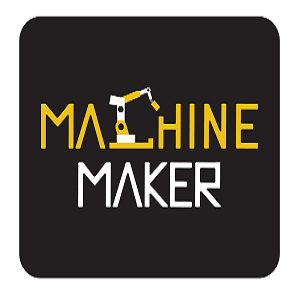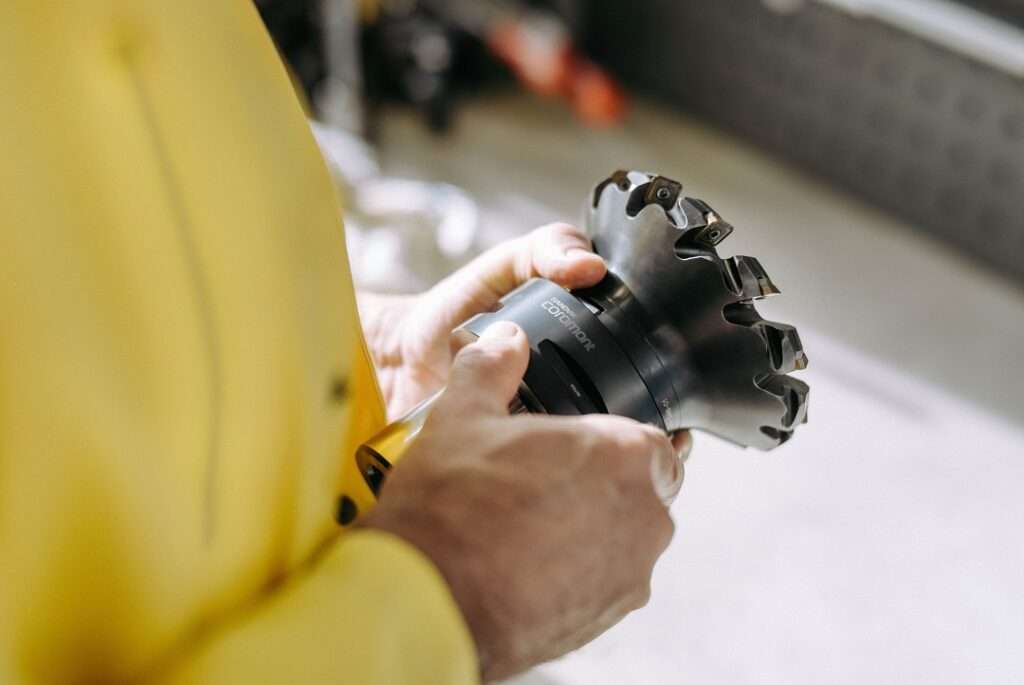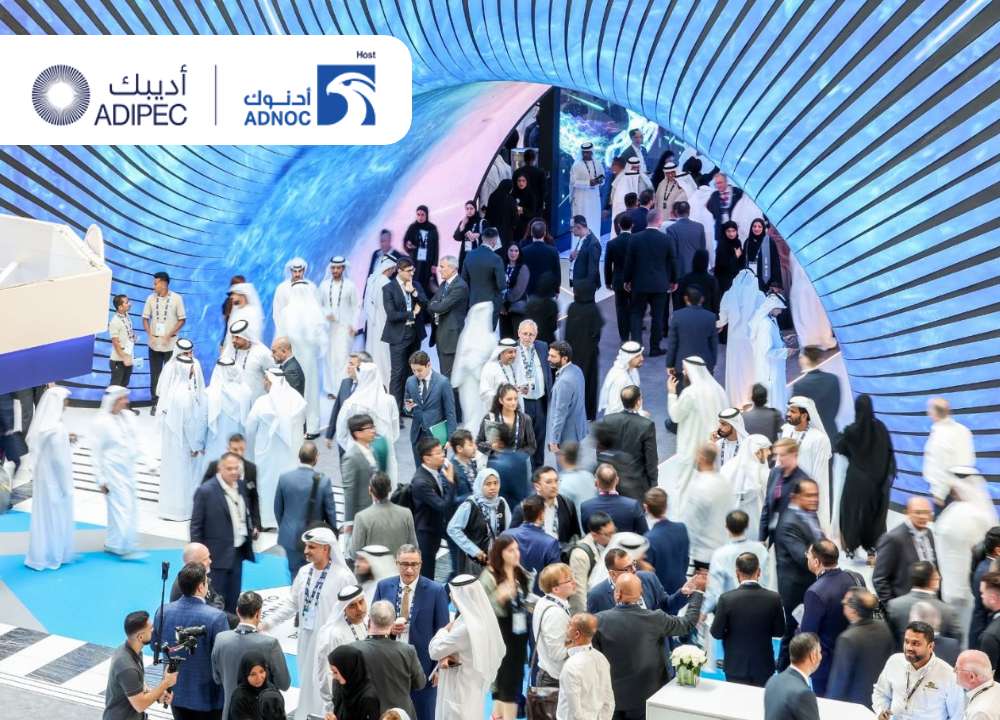In recent times, Germany’s steel industry has been encountering significant challenges. This has led many to wonder if these difficulties are temporary or if they signal toward a more permanent decline. Let’s explore the factors that have contributed to this situation and consider what it means for one of Germany’s longstanding industrial pillars.
The story of Germany’s rise as a global steel producer speaks volumes about its industrial prowess and innovative spirit. Over centuries, the nation’s steel industry has evolved from humble beginnings to become a powerhouse in the global market.
However, in September 2022, the news about ArcelorMittal, the world’s second-largest steel producer stirred quite a storm. The steel giant announced the closure of their plant in Bremen, Germany. According to them, they were taking this action owing to the surging gas and energy costs in Europe due to the Ukraine-Russia war.

According to the statement given by Reiner Blaschek, the CEO of ArcelorMittal, Germany to Reuters, “The high costs for gas and electricity are putting a heavy strain on our competitiveness. On top of that, from October onwards, there will be the German government’s planned gas levy, which will further burden us. … We see an urgent need for political action to get energy prices under control immediately.”
But that’s not all!
In a poignant moment, the final steel pipe rolled off the production line at Vallourec on September 21, 2023, marking the end of an era for German steel manufacturing. This closure isn’t merely the shuttering of a factory; it symbolizes a broader trend of de-industrialization that prompts reflection on what propelled Germany to greatness over the past seven decades: the indomitable spirit of manufacturing “Made in Germany.”
For generations, German steel was hailed as the gold standard worldwide. Founded in 1890, the Vallourec plant was once a flagship production facility of the venerable Mannesmann Company. Its closure is not just a loss of a steel-producing hub, but a loss of opportunities, an economic engine, and a shaper of countless lives.
The significance of this event lies in the fact that German manufacturing has been the very bedrock of their national identity for decades. It was the cornerstone that rebuilt Germany from the ashes of World War II, and the force that projected Germany onto the global stage as a paragon of hard work, efficiency, and innovation during the Wirtschaftswunder, or “economic miracle.”
However, the past two decades have witnessed Germany struggling to compete across numerous sectors, resulting in the loss of once-innovative industries due to various political decisions. The decline in their manufacturing capability is a somber reminder that countries should refocus their efforts towards revitalizing the economy and empowering their people.
ArcelorMittal and Vallourec are just two examples of the lot. According to the GMK Center, German steel enterprises saw a reduction in steel production by 4.2% in January-August 2023, with a steep decline month over month. In August 2023, for instance, the production dipped by 2.7% in comparison to July 2023.
What has caused this dip in Germany’s steel production?
One of the main reasons for the fall in Germany’s steel production statistics is undeniably the Ukraine-Russia war that has led to major supply chain disruptions globally, thus resulting in a hike in gas and energy prices. Apart from that, some of the other causes include:
- Global Overcapacity: There has been a global overcapacity in steel production, with many countries, including China, producing more steel than the market demands. This excess supply has led to a decrease in steel prices, making it harder for German steel producers to remain competitive.
- Economic Downturns: Economic downturns, both global and regional, have reduced demand for steel in industries such as construction, automotive, and manufacturing. The COVID-19 pandemic, for instance, led to a significant decrease in demand for steel worldwide.
- Shift in Industries: There has been a shift away from traditional heavy industries towards more service-oriented and technologically advanced sectors. This has reduced the demand for steel in certain applications, such as construction and heavy machinery.
- Environmental Regulations: Stringent environmental regulations have increased the cost of production for steel manufacturers. Compliance with emissions standards and sustainability requirements has led to investments in cleaner technologies, which can be expensive and impact profitability.
- Import Competition: Germany faces strong competition from countries with lower labor costs and less stringent environmental regulations. This has put pressure on German steel producers, especially in commodity-grade steel products.
- Trade Disputes and Tariffs: Trade disputes and tariffs have disrupted global trade flows, impacting the export-oriented German steel industry. Tariffs on steel imposed by various countries, including the United States, have affected international trade dynamics.
- Shifting Consumer Preferences: Changes in consumer preferences towards lighter and more sustainable materials in industries like automotive manufacturing have led to a reduced demand for traditional steel products.
- Policy and Regulatory Changes: Changes in government policies, such as subsidies for certain industries or changes in trade agreements, can have a significant impact on the steel industry.
So, is there a way out for Germany?
At these crossroads, it is imperative for Germany to embark on a journey of reinvention, pivoting towards new technologies and innovative engineering. This transition is not just a necessity; it is an opportunity to forge a new path forward, one that builds on the legacy of German manufacturing while embracing the potential of cutting-edge advancements.
Investment in research and development, coupled with fostering a culture of innovation, will be key in this endeavor. By doing so, Germany can lay the foundation for a future where “Made in Germany” once again signifies not just quality, but also groundbreaking progress.
This is the era of rapid technological evolution and much like the other nations, Germany too must rise to the occasion, leveraging its rich manufacturing heritage to pioneer the industries of tomorrow.
The Vallourec and ArcelorMittal closures may signal the end of an era. Still, they also serve as a poignant reminder that Germany’s legacy of innovation is not confined to the past. However, this legacy needs to be reinvented with a strong focus on the future.







